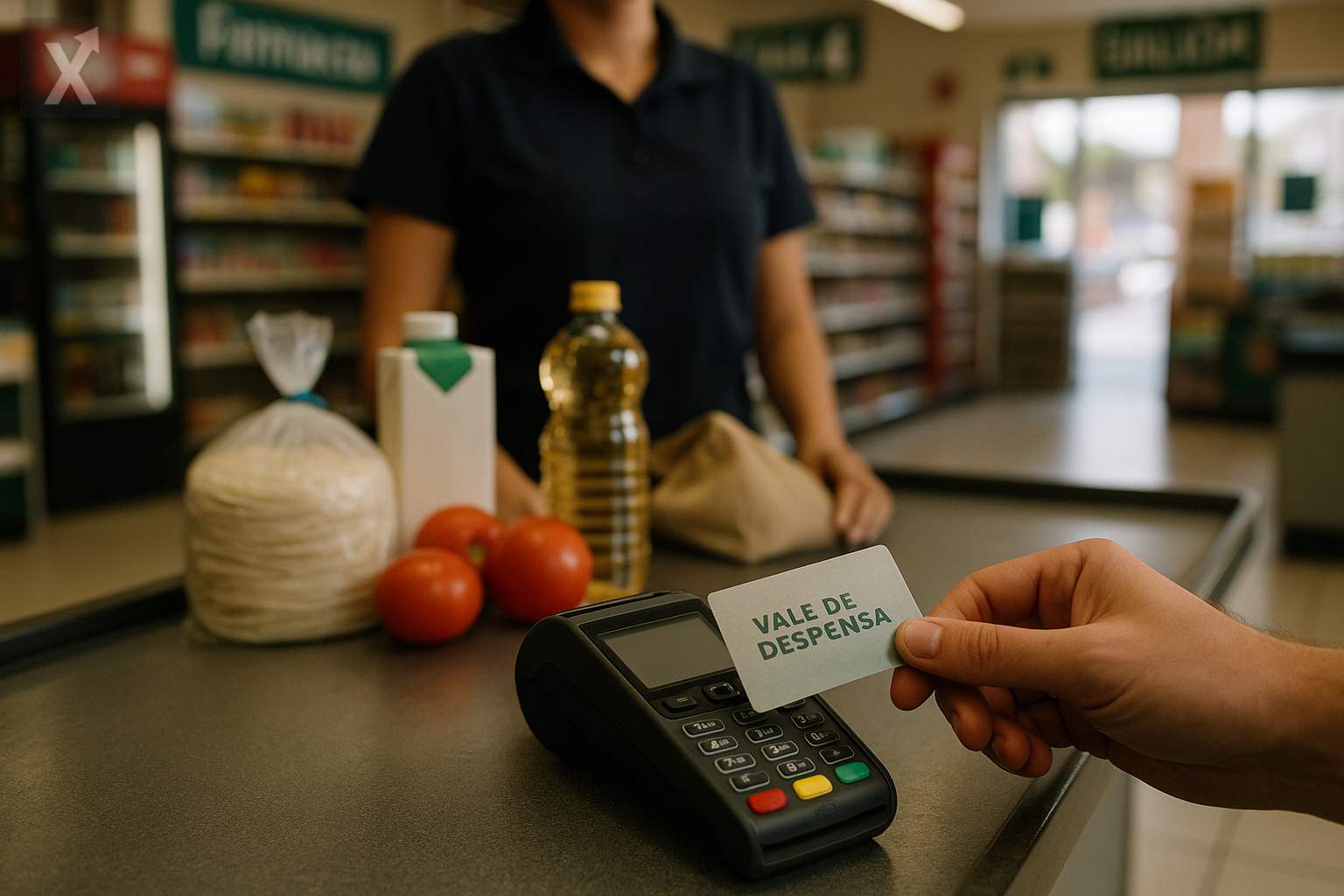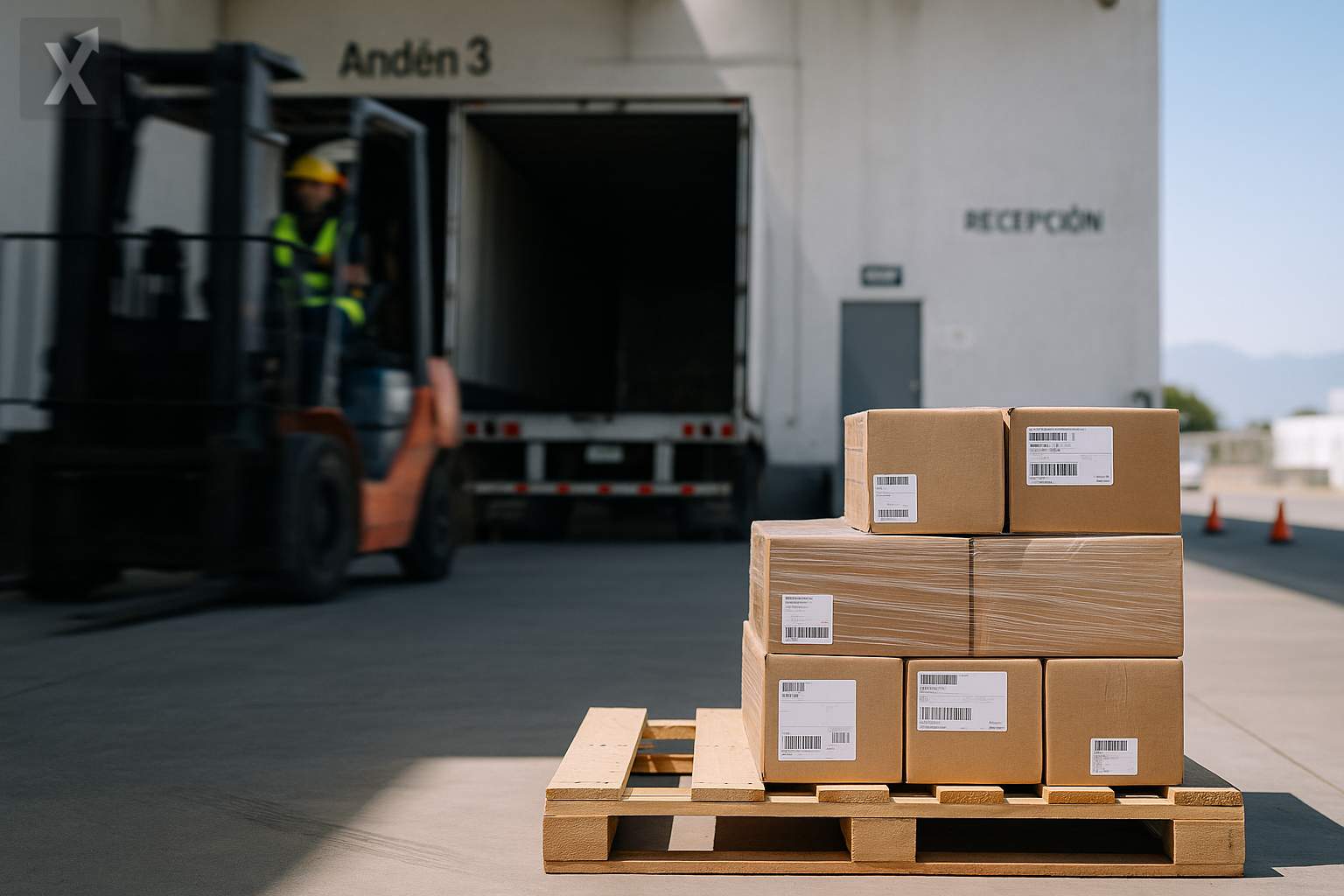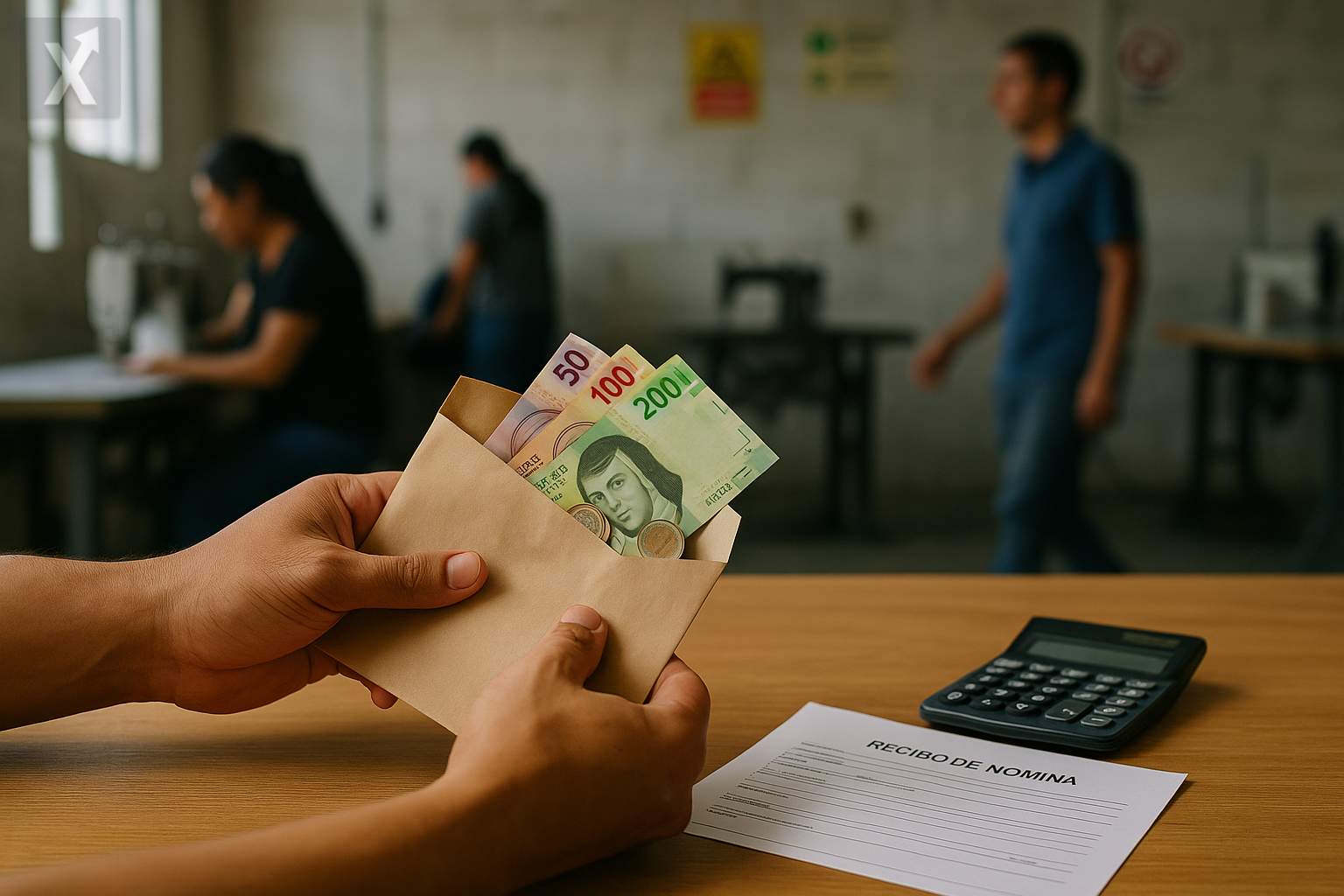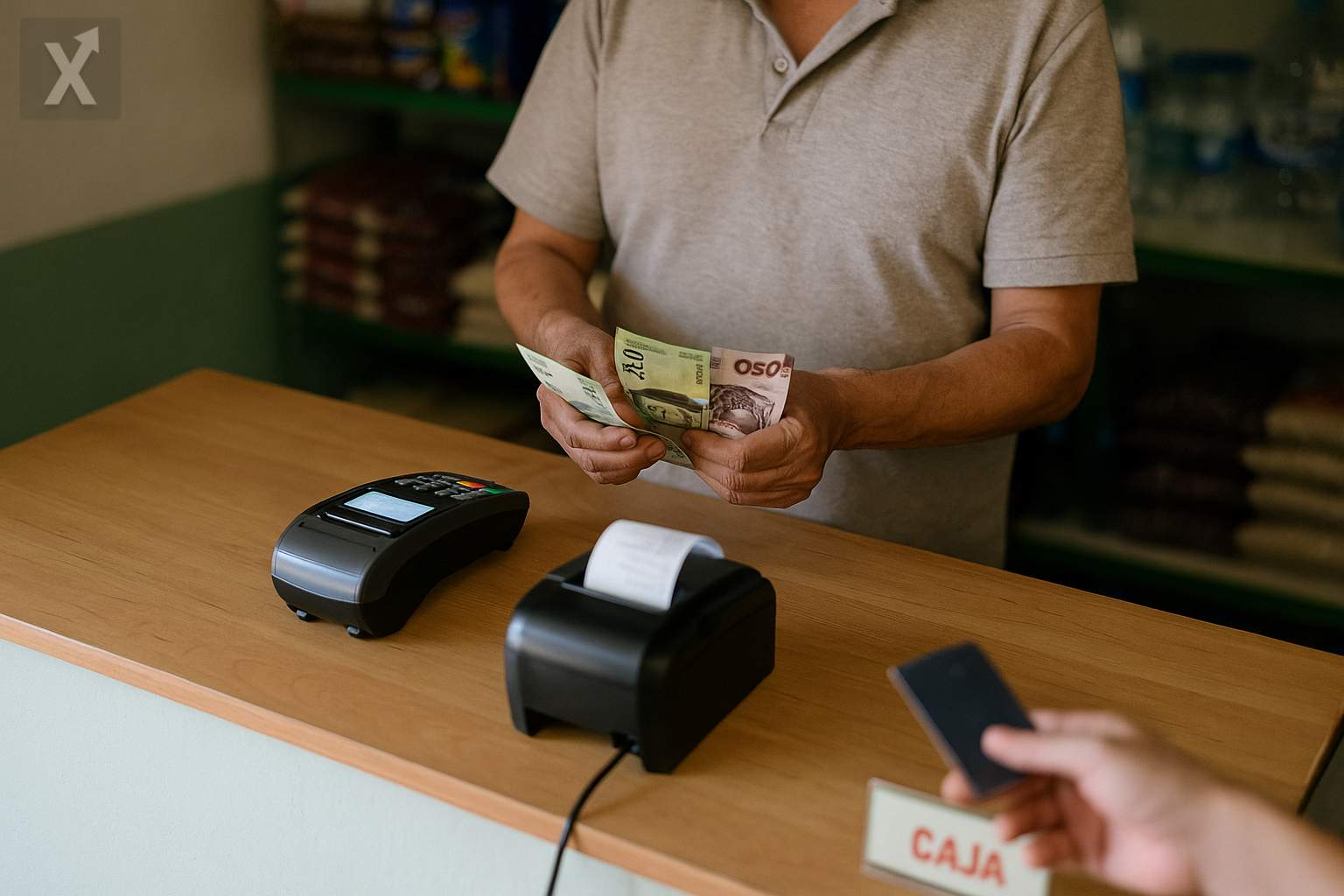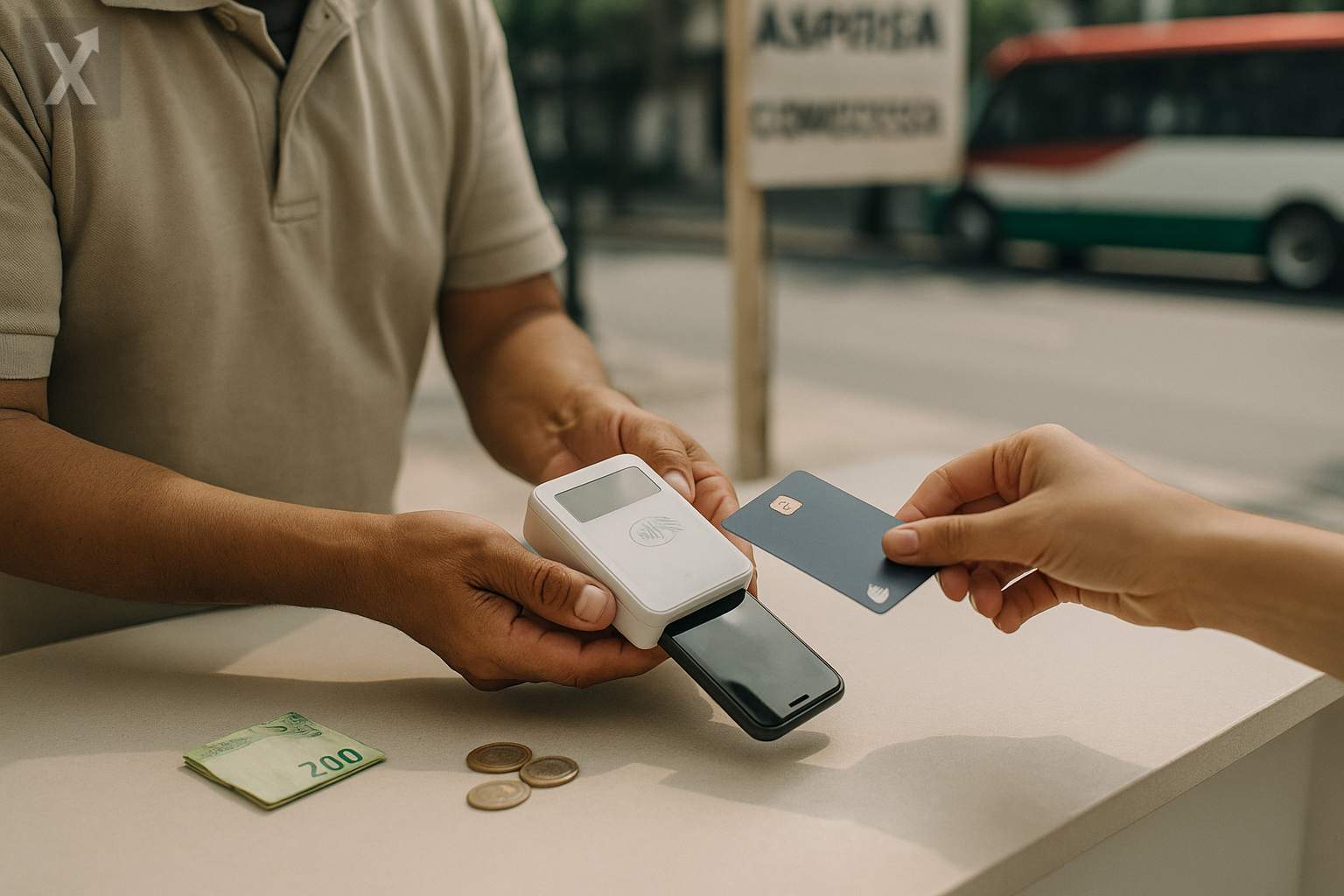Strengthening the Bank of Well-Being: A Costly and Complicated Project?
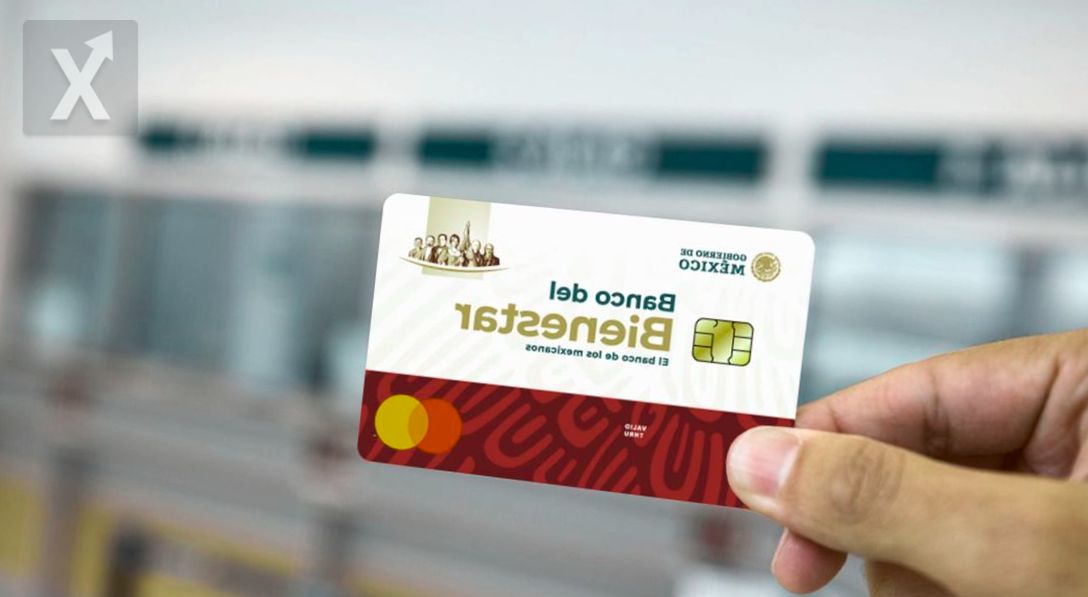
Strengthening the Bank of Well-Being is one of the goals for the government of Claudia Sheinbaum, but experts warn about the high costs associated with this initiative, and note that an entity is needed that truly promotes financial inclusion among Mexicans. "The Bank of Well-Being is in a very precarious financial situation. Its only source of income comes from government support, not because it effectively operates as a bank," stated Gabriela Zapata, a specialist in financial inclusion and health. By the end of 2023, the Bank of Well-Being reported operational expenses amounting to 9.511 billion pesos, a 72% increase compared to the previous year.
Experts emphasize that the government should encourage and facilitate savings among the bank's users, as well as improve transparency regarding the use of an institution that has cost, at least, 15 billion pesos just to build its branches. Estimates from the federal government suggest that building each branch of the Bank of Well-Being costs approximately 6 million pesos, taking into account ATMs and computer equipment. In the "100 Steps for Transformation" presented by Sheinbaum at the start of her administration, point 18 states that they will attempt to "strengthen the Bank of Well-Being as a social bank that promotes and facilitates savings" and evolve into a functioning financial entity. To transform the Bank of Well-Being into a true banking institution rather than just a distributor of social programs, a substantial investment in technology is needed to modernize its app and systems. Although there isn’t a clear estimate of how much money would be required to turn the Bank of Well-Being into one with commercial banking functions, Vicente Gómez, director of Financial Institutions at Moody's Local, mentioned that BBVA Mexico—the largest bank in the country—invested 20 billion pesos in 2023 for technology and infrastructure. However, this bank has been barely transparent regarding updating its core banking system, and even though its app has many downloads, it only allows users to check balances. Moody's Local also warned that a crucial challenge, following the construction of more than 3,000 branches, will be achieving sustainable operations with the 2% fee they charge. "Operating in areas where private banks do not want to enter is a challenge," he noted. Development banking, as the Bank of Well-Being was originally intended, should focus on providing productive financing. For example, Banobras supports infrastructure for states and municipalities, while Nacional Financiera (Nafin) assists SMEs, and Bancomext is responsible for SMEs and exporting companies. "Honestly, there’s no other type of bank that promotes lending to people. How do you motivate the most vulnerable to borrow? It’s interesting, but also risky," added Moody’s Local. The expert highlighted that while providing loans may seem straightforward, the real challenge lies in loan collection, which requires specialization and market knowledge. "A solid development bank is one that has enough profitability to maintain its capital and doesn't need government support, allowing it to recapitalize on its own every year," he detailed.
What Should the Bank of Well-Being Do? Gabriela Zapata suggests that in order for the Bank of Well-Being to fulfill its role in promoting financial inclusion, it should be connected to the SPEI (Interbank Electronic Payment System) of the Bank of Mexico to facilitate transfers and ensure that the money received by users is used to encourage saving and investment. "To incentivize saving, it would be ideal, as the Bank of Well-Being has pointed out, for deposits to remain within the institution and be utilized as sources of investment and savings," Vicente Gómez agreed. Zapata mentioned that in the previous National Savings and Financial Services Bank (Bansefi), there was a program to strengthen financial inclusion (PAFIIF) that trained people in saving practices. "This program faced many challenges, that’s true, but it was an effort to help people see the bank as a bank and not just as a means to receive social programs, which was a very complicated goal to achieve," she explained. Both Zapata and Gómez agreed that despite government efforts to promote the use of cards, it does not aid in bank penetration unless accompanied by other strategies. "For many, it may be the first time they have a card, but at Moody’s Local, we see it as a remittance; it’s money that comes in and gets spent; it’s not invested, not deposited, and that doesn’t widen financial inclusion," Gómez added. Is the Future in the Welfare Finance? Recently, it was reported that the Welfare Finance, in addition to continuing with the distribution of remittances from Mexicans abroad, will also be responsible for financing and recovering loans granted during the pandemic, known as "loans by word." In the context of remittances, this financial entity has distributed 77,000 cards, facilitating transfers amounting to 12 million dollars. Zapata indicated that one advantage of the Welfare Finance is its extensive national coverage, especially in places without stores like Oxxo. However, the challenge remains the effective recovery of payments.At the end of the day, it is crucial for the Bank of Well-Being to not only become an organization that dispenses resources but to foster a culture of saving and investment among Mexicans. Financial education is essential for people to understand the importance of managing their money responsibly, which ultimately leads to a more robust and sustainable economy. Without this, the effort to strengthen this bank could be in vain, risking it becoming merely an assistance scheme without any real economic impact.
